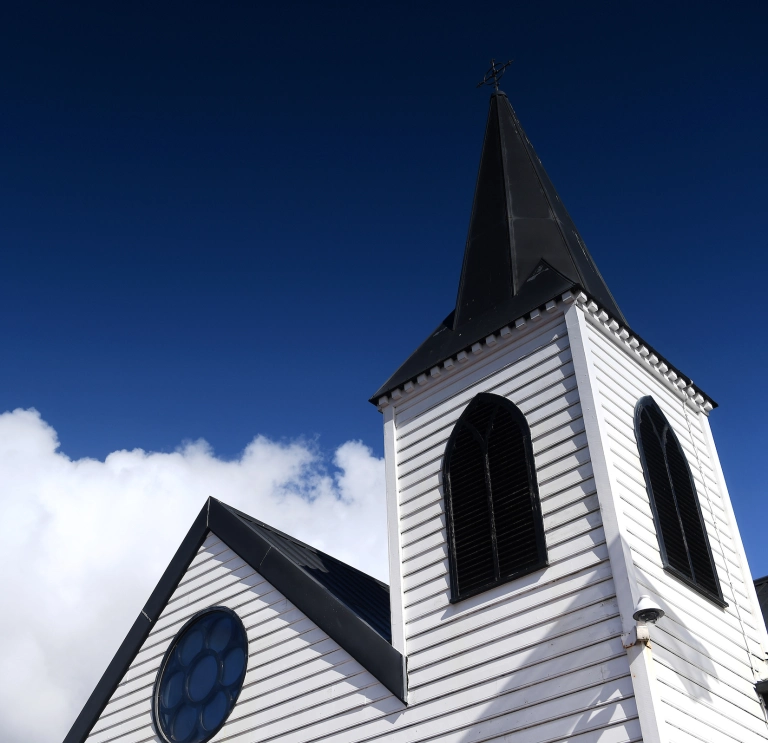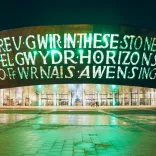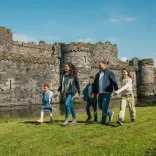Peculiar architecture lover Jude Rogers (the architecture’s peculiar, not her, she swears...) explores some of our unique buildings.
North Wales
Portmeirion, Gwynedd
A psychedelic theme park without the rides, Portmeirion is an intriguing architectural fantasy. Created by the eccentric Welsh architect Sir Clough Williams-Ellis between the 1920s and 1970s, it’s a clutch of colourful, Italianate cottages, villas and wild gardens like The Gwyllt, a ten-hectare woodland full of exotic plants and flowers. Guest accommodation is available, and day visitors are also encouraged. There is an entrance fee but it is often free with lunches at several of the village’s restaurants and spa.
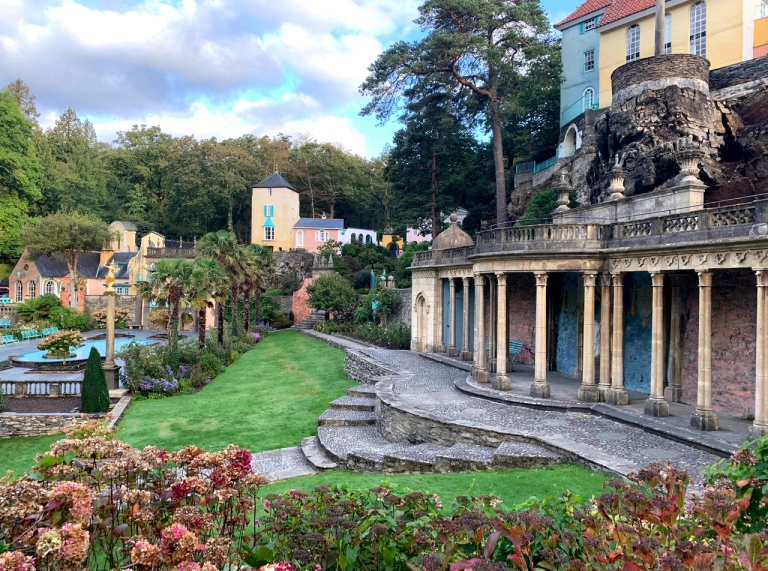

Dylan’s Café, Criccieth, Gwynedd
Think of North Wales and mountains and rugged seascapes come to mind, not clean, white-walled modernism. But in the lovely Llŷn Peninsula town of Criccieth, you’ll find the old Morannedd café – now owned by local foodies, Dylan’s – sitting by the sea. Designed by Clough Williams Ellis again, and once owned by Sir Billy Butlin, it was lovingly refurbished and reopened in 2015. Enjoy gorgeous local seafood, and cooking workshops for adults and children in this stunning spot, sitting on the Irish Sea looking over to Castell Harlech and Eryri (Snowdonia).
The Smallest House in Great Britain, Conwy, Gwynedd
The bright red tiny front of Quay House in Conwy has long attracted photo-snapping tourists – and inside it would challenge the most skilful of cat-swingers. It’s only 3 metres deep, 1.8 metres wide and 3 metres tall, with a ladder leading to an upstairs bedroom. Strangely enough, one former resident, a fisherman named Robert Jones, was six foot and three inches tall. He moved out in 1900; the house is still owned by his descendants.

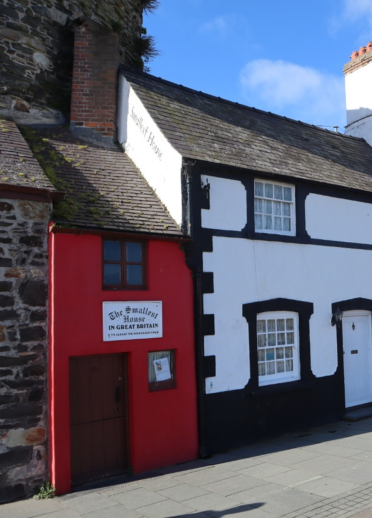
Llanfair PG Station
The village of Llanfairpwllgwyngyll is called Llanfair PG or LPG for short. But as every Welsh school pupil knows, the name of its late Victorian railway station is a little bit longer. Helpfully, the famous tongue twister – Llanfairpwllgwyngyllgogerychwyrndrobwllllantysiliogogogoch – is spelt out phonetically on the station sign. Have a go. All you can lose is your puff.
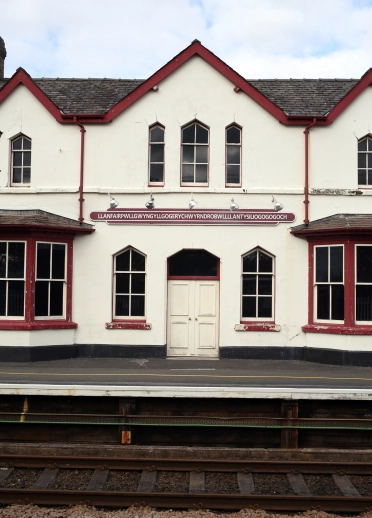
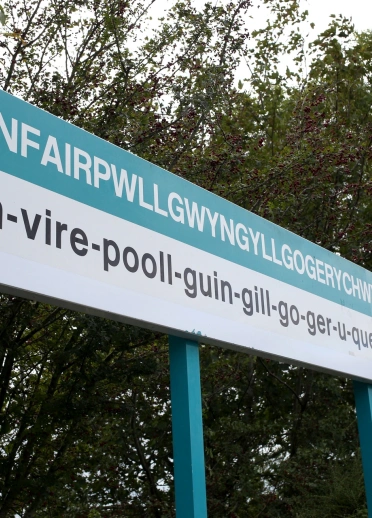
Mid Wales
Devil's Bridge, Ceredigion
Devil's Bridge is not just one imposing structure over the River Mynach, but three, standing tall over a terrifying ravine. The original bridge dates back to early Norman times. Another was built above it in 1753, the last arrived over the top in 1902. The effect is eerie, and a set of stairs known as Jacob’s Ladder descending to the first bridge doesn't help shake the unease.
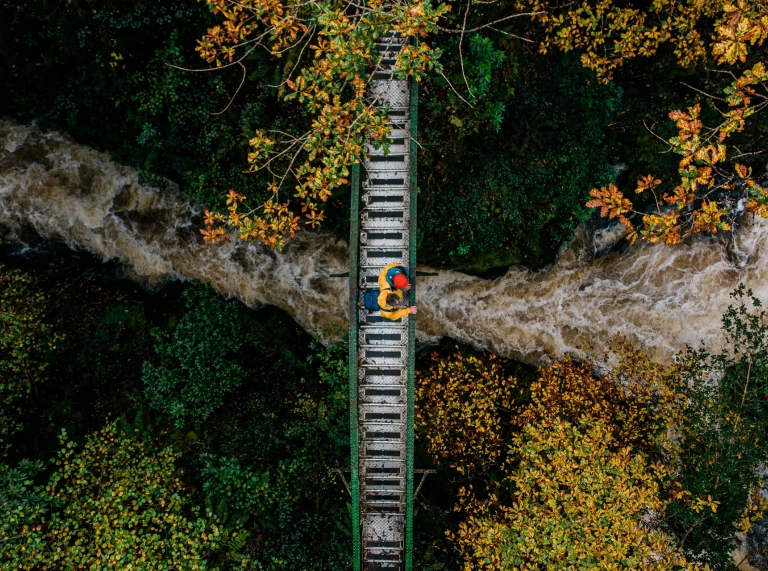
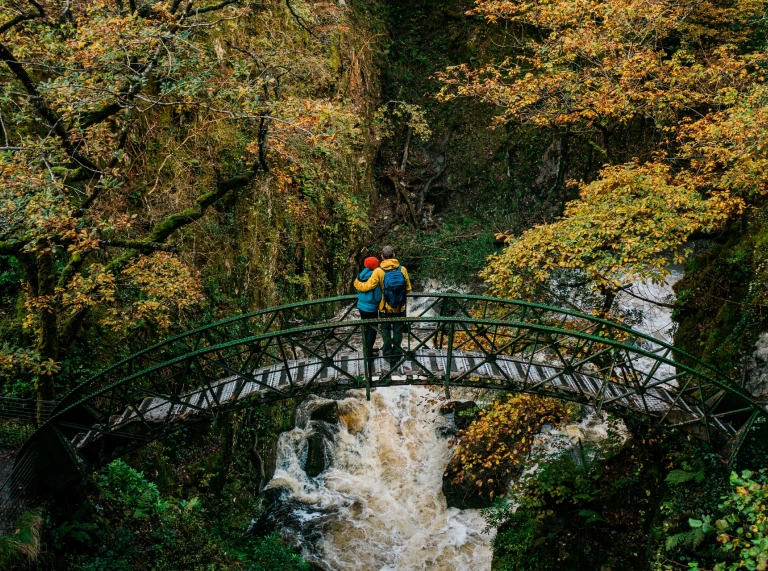
St Martin’s Church, Cwmyoy
You’ll find the peculiar church at Cwmyoy in the Llanthony Valley. It’s been the most crooked in the whole of the UK. Subsidence in this craggy, glacial valley has meant that the Church of St Martin has long been on the move, and its tower amazingly leans more than the Tower of Pisa (which is 4.7 degrees out of alignment; St Martin’s is 5.2).
Inside, you’ll feel like you’re on the deck of a ship, constantly tilting, but you’ll also find remarkably preserved medieval features, like the wooden roof and the famous Cwmyoy Cross. Services are still held every Sunday morning and the church is kept open for visitors.
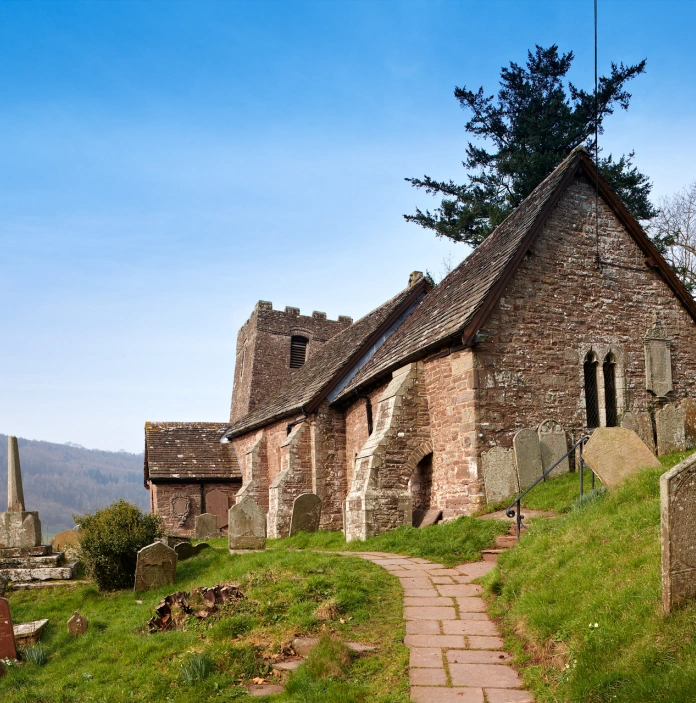
West Wales
Big Apple Kiosk, Bracelet Bay, Mumbles, Swansea
Any Swansea Jack – as us locals are known – will burst with joy when you mention the Big Apple. It’s had a tough time in recent years after a car crashed into it, 27,000 nostalgic fans backed a successful campaign to save it on Facebook. Recently Cadw Grade II listed, this 1930s ice cream kiosk is one of the Mumbles’ most recognisable landmarks, sitting high on the headland above Bracelet Bay. It’s well worth a quick drive or a bracing walk up from the pier. It also affords amazing views across Swansea Bay.
Whiteford Lighthouse, Whiteford Sands, North Gower
On the north-western point of North Gower, you’ll find Whiteford Lighthouse, a dramatic and strangely beautiful building that can be seen well at low tide. It is the only surviving cast-iron lighthouse in Britain, a Cadw Grade II listed building and Scheduled Ancient Monument. Walk to it from the village of Llanmadoc along a gorgeous three-mile route, through the recently rehabilitated Cwm Ivy Nature Reserve, home to otters, kingfishers and wading birds. On your return, raise a glass at the garden of Llanmadoc’s Britannia Inn.
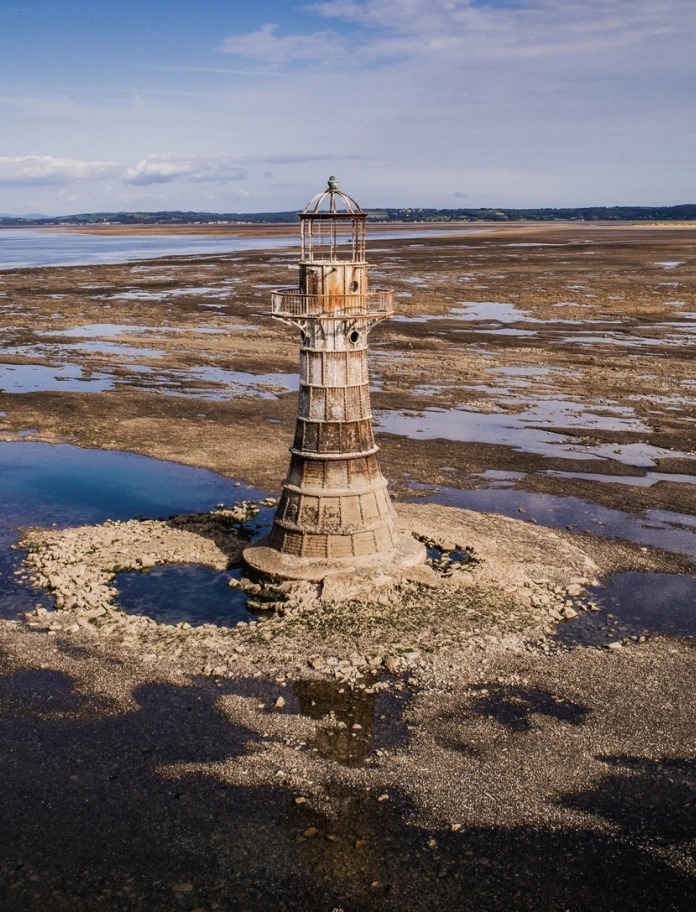
Tower of the Ecliptic Observatory/Marina Towers Observatory, Swansea
Looming out of Swansea’s Maritime Quarter like a rocket launchpad, this Art Deco-inspired building was designed by local architect Robin Campbell for the local astronomical society. Opened in 1989, it was used for twenty years, before the society moved on. It’s now being developed into a seafront café bar in the middle of the thriving marina area.
Paxton’s Tower, Llanarthne, Carmarthenshire
This majestic tower looming over the village of Llanarthne is a Georgian folly, built by William Paxton, the man who turned Tenby into a Victorian seaside resort. As to why it was built, there are several theories. Some say it was to commemorate his friend Horatio Nelson, who had just won the Battle of Trafalgar. Others say it was to reinstate his power in the area – very visibly – after losing an election.
Either way, the 360 degree views of the Towy Valley from Paxton's Tower are undeniably impressive from here, and easy to access from the free car park below.
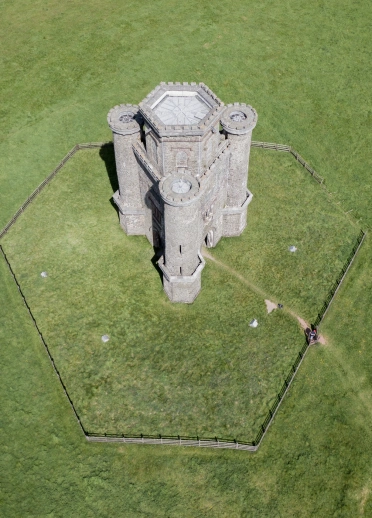
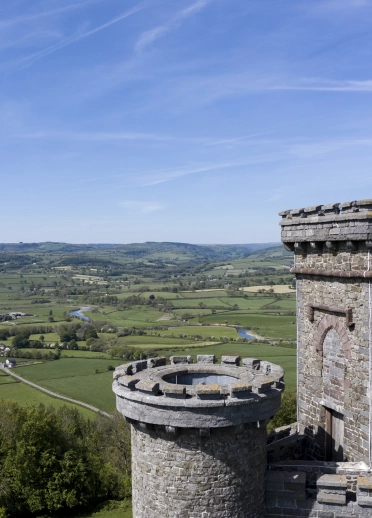
Tafarn Sinc, Rosebush, Pembrokeshire
Tafarn Sinc calls itself the 'heart of hiraeth' in North Pembrokeshire’s Preseli Hills, and Tafarn Sinc has long been a warm, characterful spot. A pub that first opened as a hotel in 1876, its walls are made of tin, painted a gregarious red. Its interior is full of hanging hams, haybales and old photographs.
Now owned by the community, the pub has shareholders around the world, including actor Rhys Ifans, who didn’t want to see this unique tavern disappear. Open every day of the week for food and drink, it serves locals, walkers and tourists with buckets of hwyl.
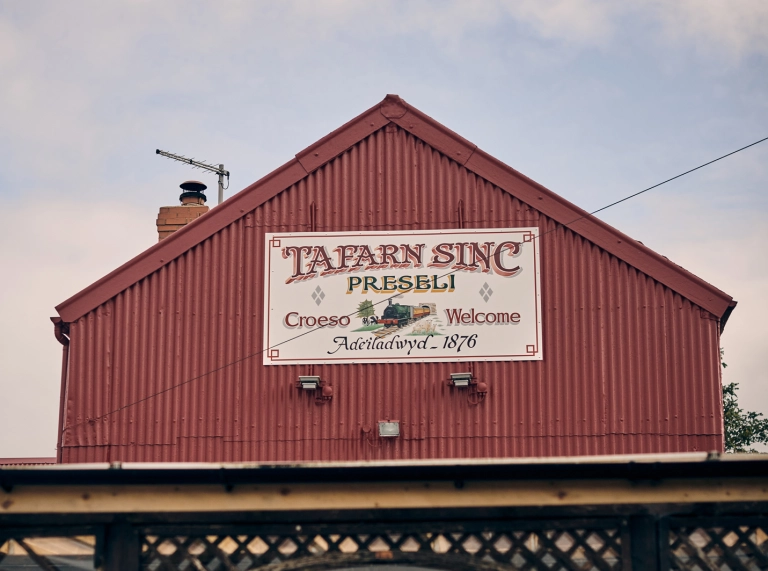
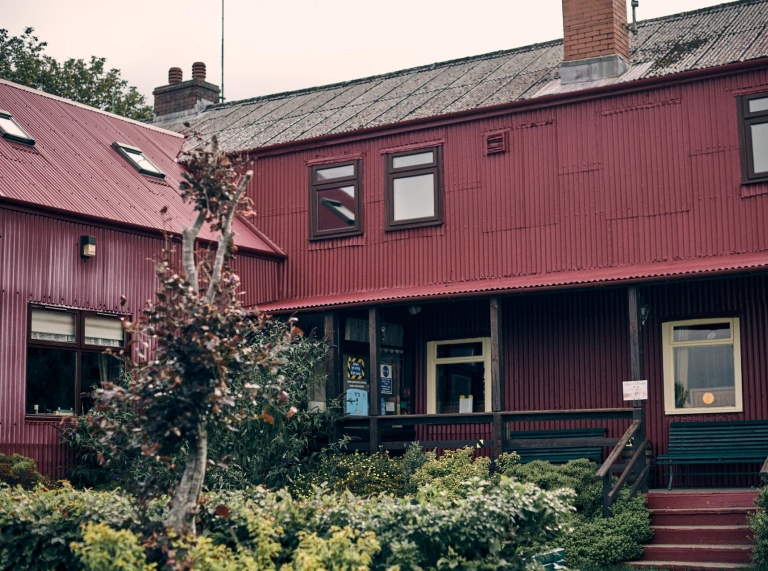
South Wales
Cardiff Castle’s Animal Wall and Arab Room
If you're walking along Cardiff’s Castle Street late at night and glimpse a hyena, bear or giant anteater out of the corner of your eye, don't be alarmed. They're just a rather eccentric series of Victorian animal sculptures by William Burges, who also designed Castell Coch (see below). They perch on the wall of Bute Park, as if making a hasty escape from Cardiff Castle – and there are more extraordinary things to be found inside.
The Arab Room is a fantasy of Moorish design, where ambition was absolutely no object for Burges. Here are showstopping ceilings that look like kaleidoscope patterns, glowing with hand-applied gold leaf, and incredible marble and turquoise tiles. If you want to see the whole shebang, the Connoisseur Tour (pre-booking advised) is highly recommended, and includes a personal guide, a private tour of the apartments and clock tower, and tea and Welsh cakes at the end.
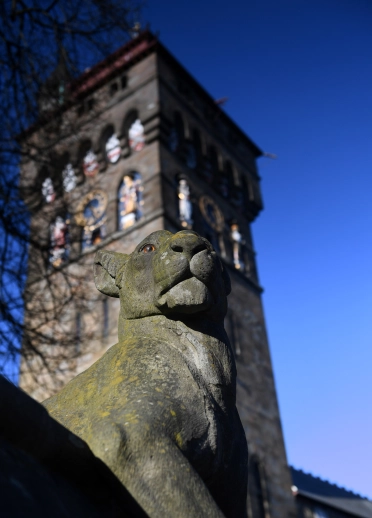
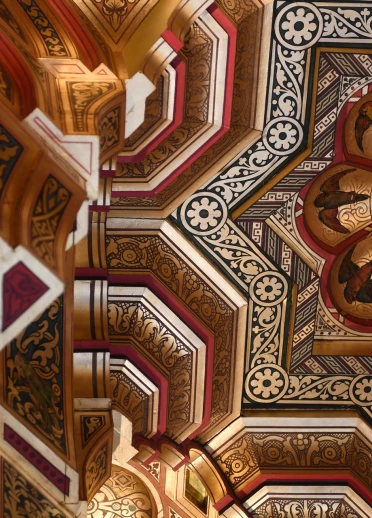
The Pumping Station, Cardiff
It’s very noticeable from the Penarth Road or the Grangetown Link on the outskirts of Cardiff: an imposingly Victorian pumping station which once had the not so grand job of sorting out the city’s sewage. Now The Pumping Station is an impressively restored, huge Aladdin’s cave of an antiques centre, housing 45+ traders from over South Wales. It doesn’t matter if your tastes are Georgian, Victoria, Edwardian, Art Deco, retro, mid-century modern, industrial or contemporary either. You’ll find quirky delights here – and an atmospheric café once you’ve parted with your cash.
Norwegian Church, Cardiff Bay, Cardiff
The pretty, black and white, iron-clad Norwegian Church was built by Cardiff’s Norwegian seafaring community in the 1860s. From this world came Roald Dahl, who was born in Cardiff in 1916 to Norwegian parents; he was christened here and attended services with his parents and sisters. The church fell into disrepair in the 1970s before being saved, and it is now an arts and events venue with a characterful café.
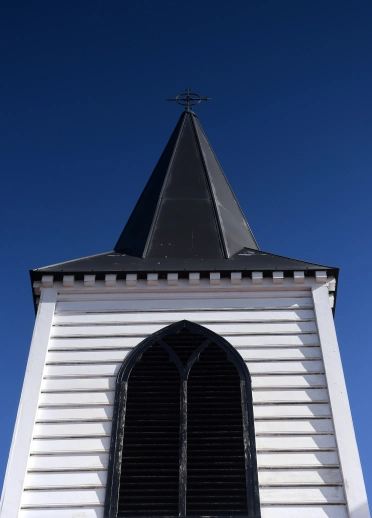
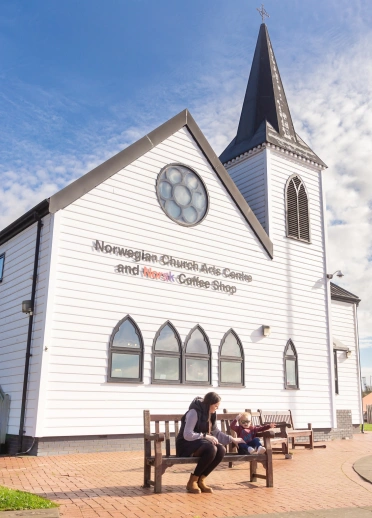
Shell Grotto, Pontypool
On a prominent ridge in Torfaen’s Pontypool Park sits one of the best Victorian shell grottoes in Britain. Colourful shells and the bones and teeth of animals decorate the walls, creating numerous intricate designs and patterns. Maintained by volunteers from the Pontypool Park Friends, the grotto is only open on public holidays, when it is a popular visit – check for the next available dates on the Pontypool Park Friends Facebook page. Note that the grotto is only accessible on foot and involves a steep climb, so may be unsuitable for those with significant mobility issues, wheelchair users and for children in pushchairs.
Castell Coch, South Wales Valleys
Castell Coch emerges through the trees where the M4 meets the A470 heading north: John Crichton-Stuart’s fairytale turreted retreat, a rural counterpart to the urban folly of his Victorian castle in Cardiff. Restored and upkept by Cadw, its interiors are similarly impressive. Artists in residence display here too, and workshops for schools and families are held regularly.
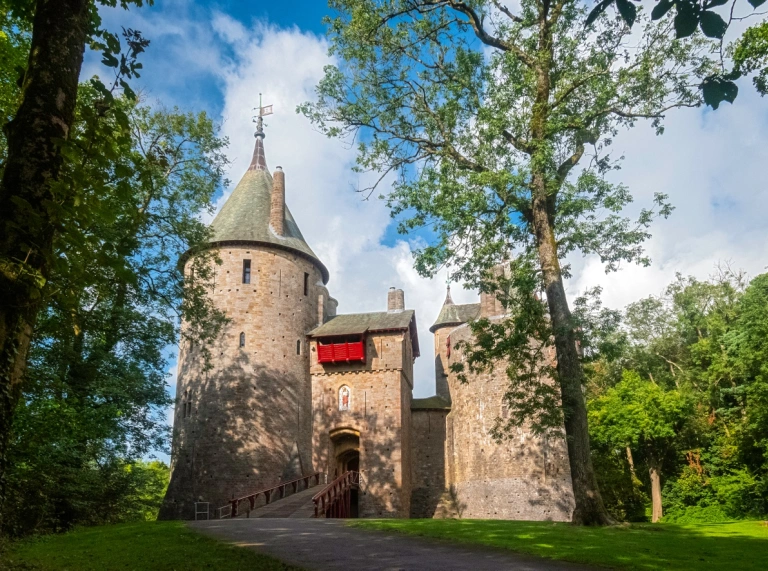
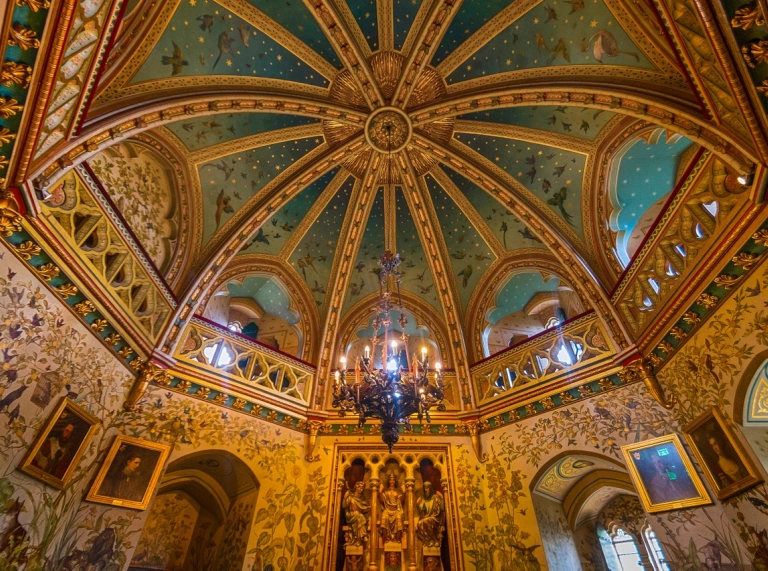
Chepstow Town Gate, Chepstow
Much of Chepstow’s medieval Port Wall remains remarkably intact. Originally, the only way through it was to pay a toll at the Town Gate, although then it was often blocked with a portcullis. After several rebuildings and restorations, the arch still stands, and is used by traffic – it is just wide enough to drive a bus through, although you’ll grit your teeth if you see it.
Read more: Things to see and do in Chepstow
St John’s House, Bridgend
In the Newcastle Hill area of Bridgend sits St John’s House, a beautiful Tudor house, open to the public on the last Saturday and second Sunday of every month (from 11 am to 3 pm). Grade II-listed, historical experts have championed its unusual structural strength, especially as it recently celebrated its 500th birthday. A local group of dedicated supporters are hoping to buy it to open it more regularly, and provide an education resource regularly for the young people of South Wales. Private tours are also available by request.

